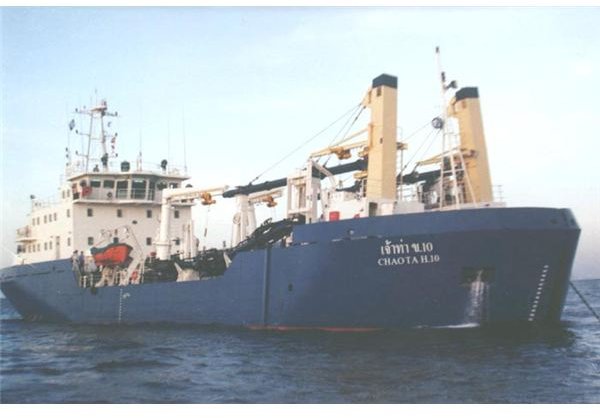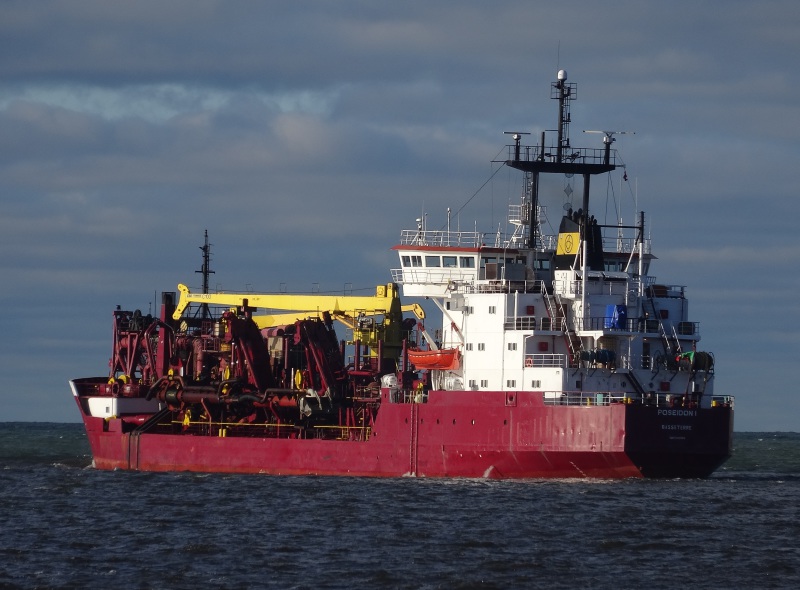


It's 94 feet long, 32 feet wide and the hull is 7 feet deep," Fisher said. Research shows it was rebuilt in Nash County and used to dredge the land for gold.įisher says dikes were built to float the vessel up the hillside where it ultimately was abandoned until he discovered it. The discovery in Nash County is believed to be the Robinson Gold Dredge, a vessel built in the early 1900s in New York then shipped in pieces by train to North Carolina. They produce their own outdoor show, Eastern Outdoor Expeditions, documenting their historic finds including megalodon teeth and whale bones uncovered in N.C. The Fishers have a passion for exploring and hunting for fossils and prospecting for gold. A lot of people don't know about the gold mines in eastern North Carolina." "A very big gold mine and a lot of historic things happened here. "This whole area was part of the Portis Gold Mine," he added. " I guess in the end it wasn't such a bad thing." "People would say, 'you're crazy buying that land,' Fisher explained. "There was no water running and I hit some wood seven feet down and knew stamp mills weren't built quite like that."įisher and his son bought the 14 acres of swampland outside Nashville six years ago because it was the site of a former gold mine. "I just sampled a spot right here because it was completely dried up," Tim Fisher explained. Tim and Ross Fisher say the drought left the land so dry at the beginning of October pieces of wood and steel from the ship were exposed. (WTVD) - A Nash County father and son have made a historic discovery uncovering a ship built more than 100 years ago buried on their land. Overall: 8 3/4 in x 25 in x 7 in 22.225 cm x 63.5 cm x 17.A Nash county father and son have made a historic discovery uncovering a ship built more than 100 years ago buried on their land. Object Nameĭredge, seagoing Maritime Hopper date made

This cutaway model was built by Severn-Lamb Ltd., in Stratford-on-Avon, England. During the day an arrangement of black circles and diamonds is raised up on the mast, while at night the dredges use an alternating pattern of red and white lights.
#Dredge ship series#
As a result, dredges use a series of signal patterns to let nearby ships know when they are actively working. Hopper dredges cannot move quickly while working. Between January and April 1927, the Willets Point moved 581,507 cubic yards of sediment from the bottom of the Potomac. C., because of sedimentation in the channels and harbors. At the time, large vessels could not reach Alexandria, Virginia, and Washington, D. In 1927 the Willets Point was commissioned to dredge sections of the Potomac River. Army Corps of Engineers and represents the type of equipment used in early 20th-century harbor improvement work. This 200-foot vessel was designed for the U.S. Steel, in Kearny, New Jersey, the hopper dredge Willets Point could raise sediment from depths of 12 to 35 feet. When the hoppers are full, the dredge uses a series of pumps and pipelines to transport the sediment to a secondary location for disposal.īuilt in 1926 by the Federal Shipping Company, a subsidiary of U.S. The dredged sediment is then stored in the ship’s interior containers, or hoppers. They work like underwater vacuum cleaners: each dredge is equipped with a suction pipe, or drag arm, that gathers up sediment from the bottom. Hopper dredges are used to clear channels and offshore sandbars as well as sediment deposits that restrict navigation into rivers and harbors.


 0 kommentar(er)
0 kommentar(er)
